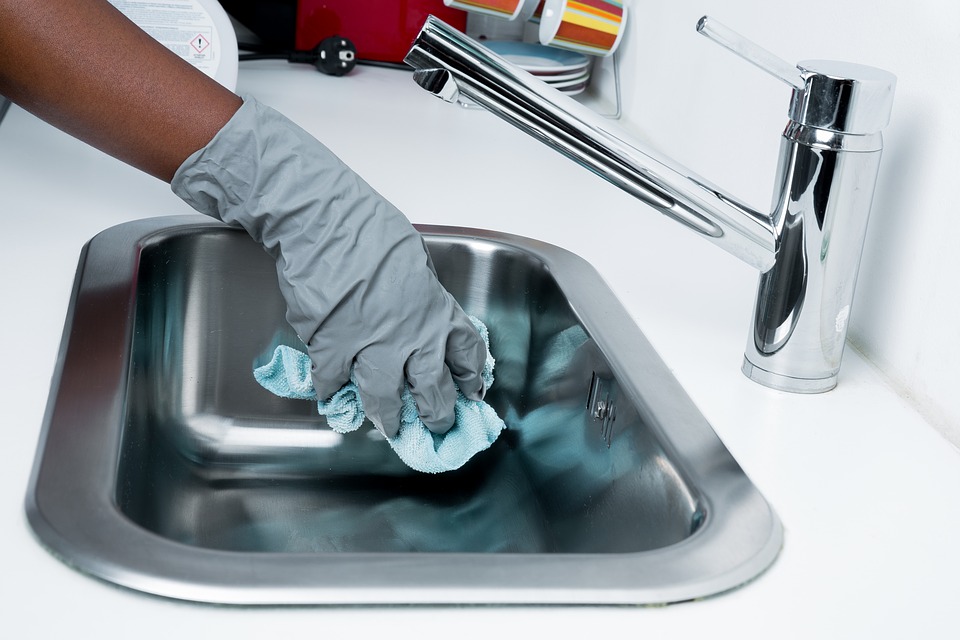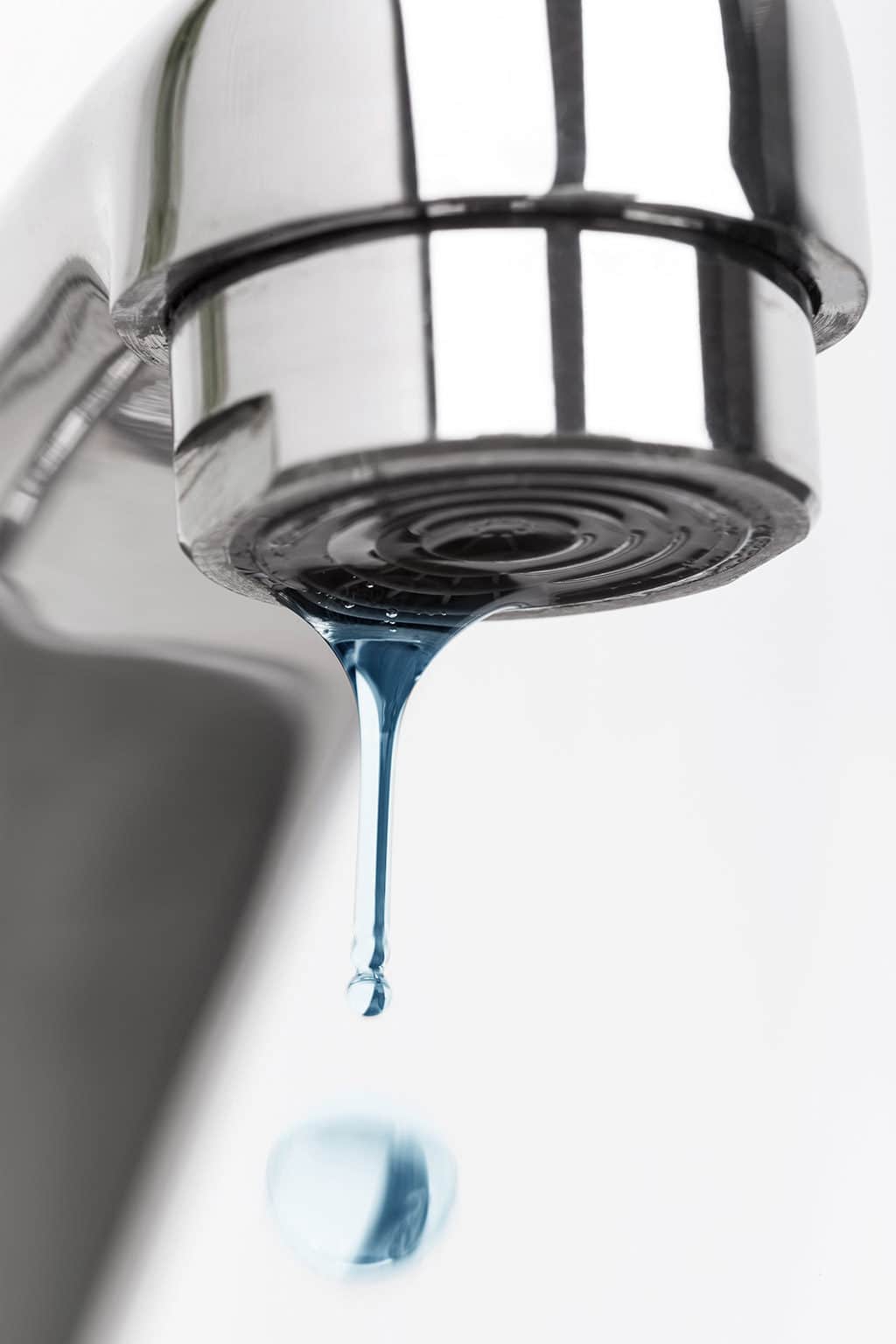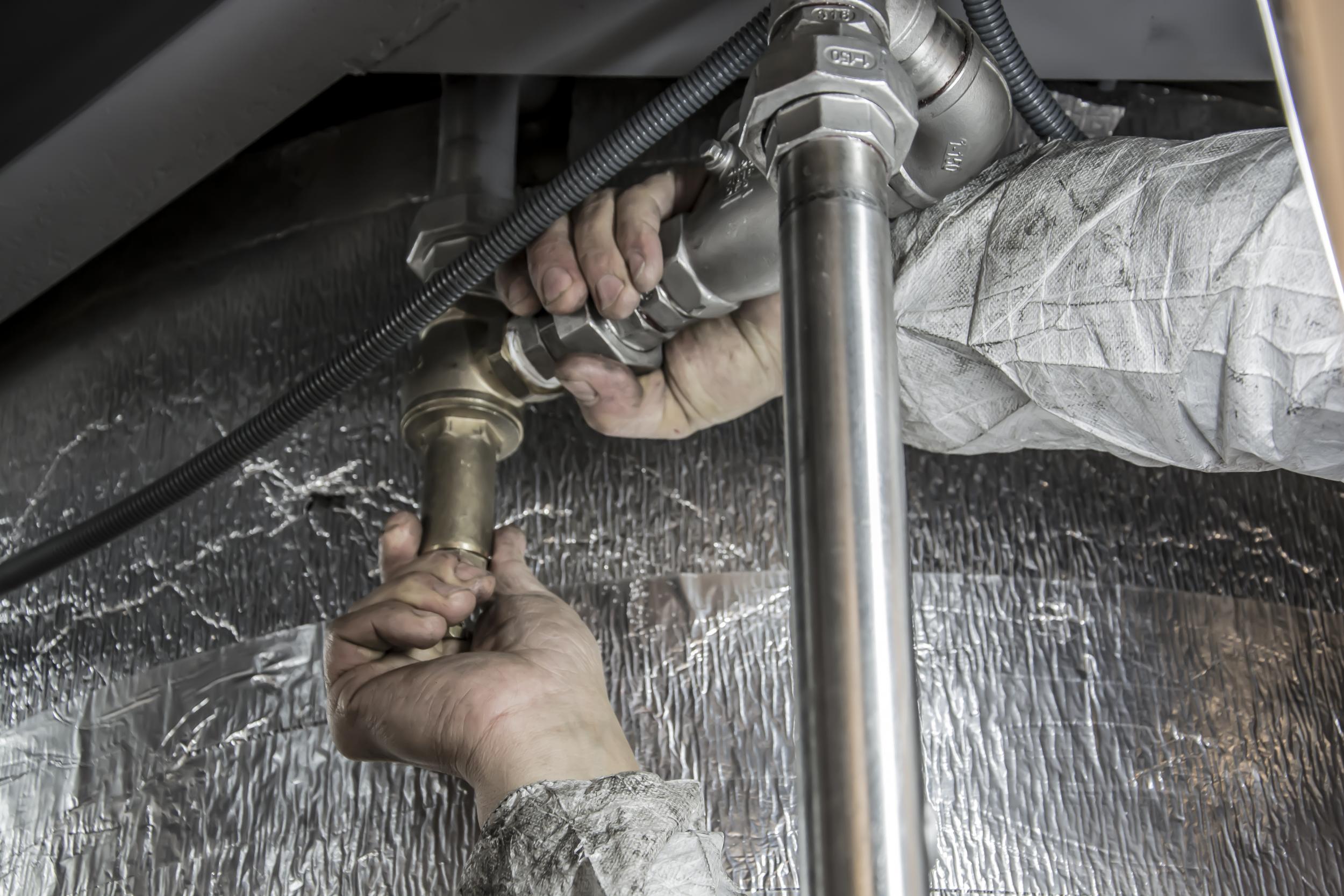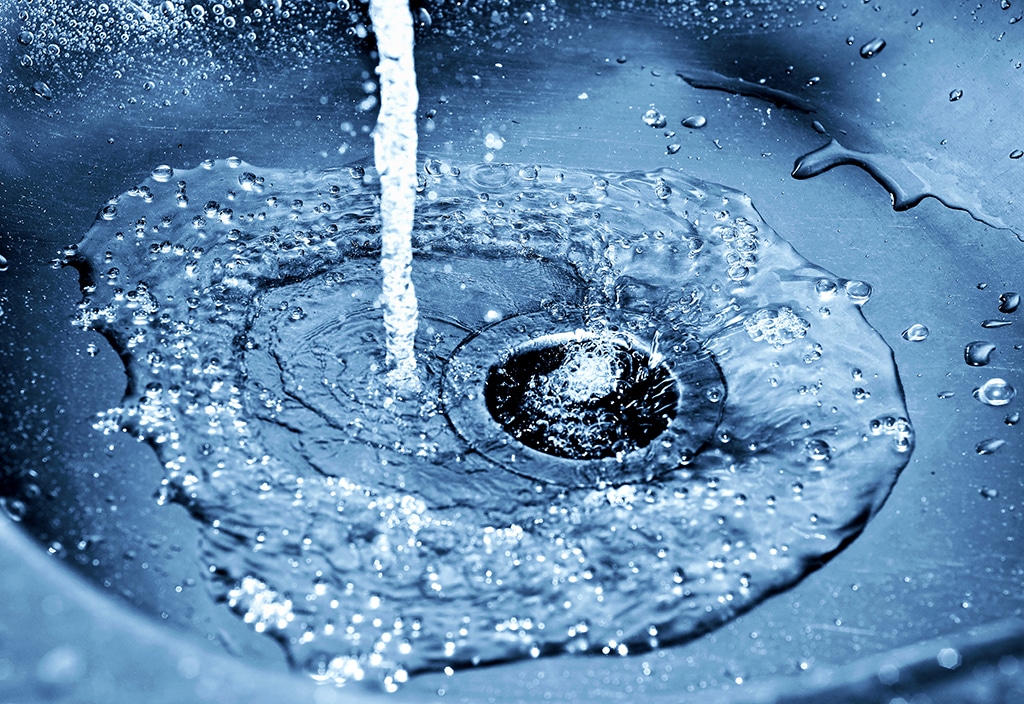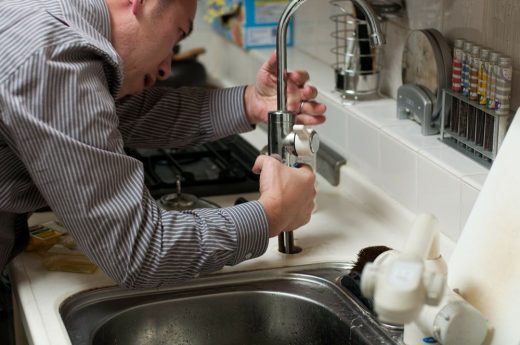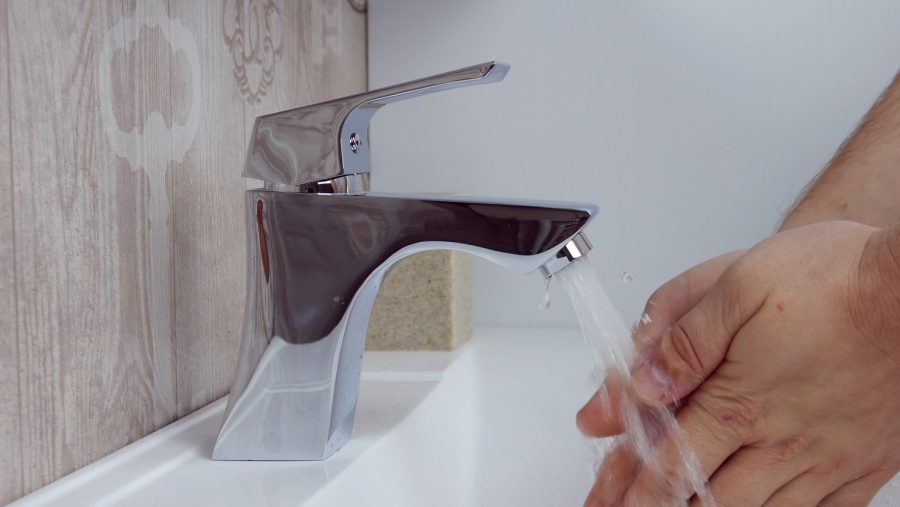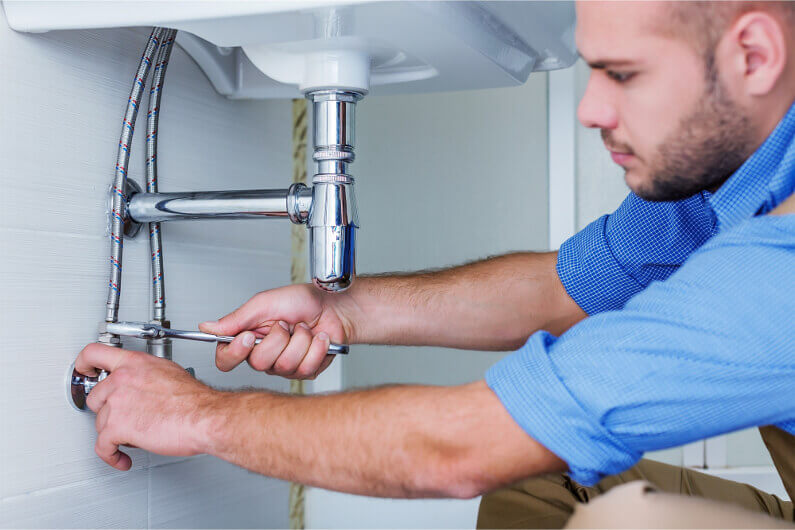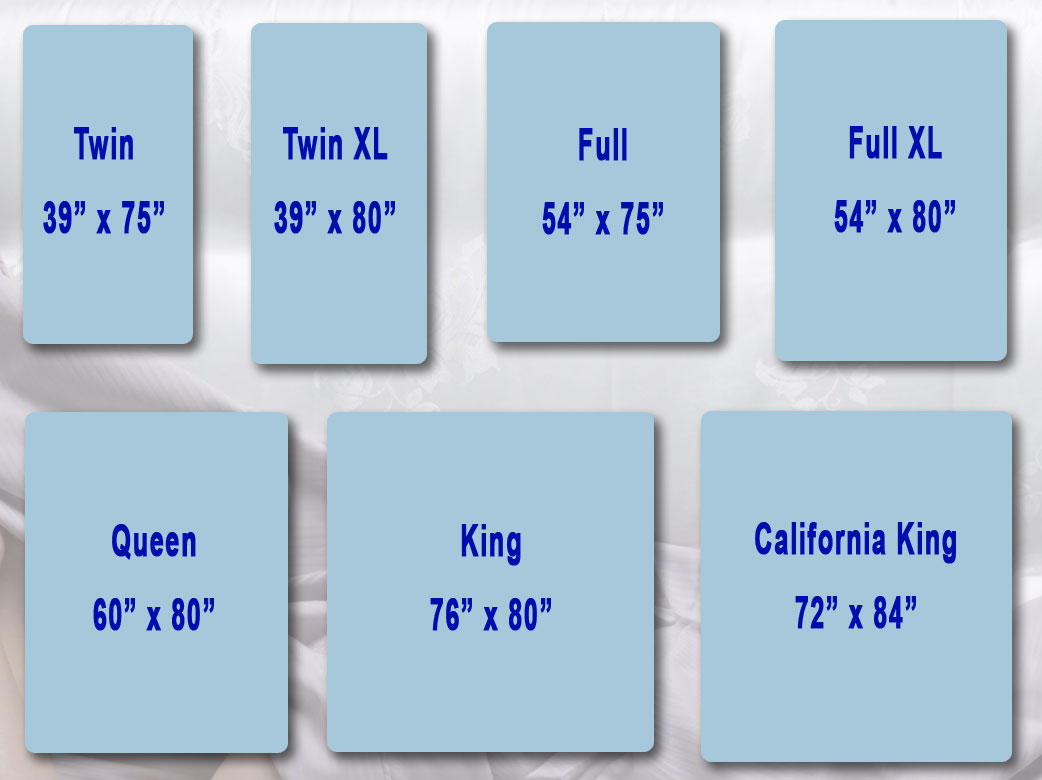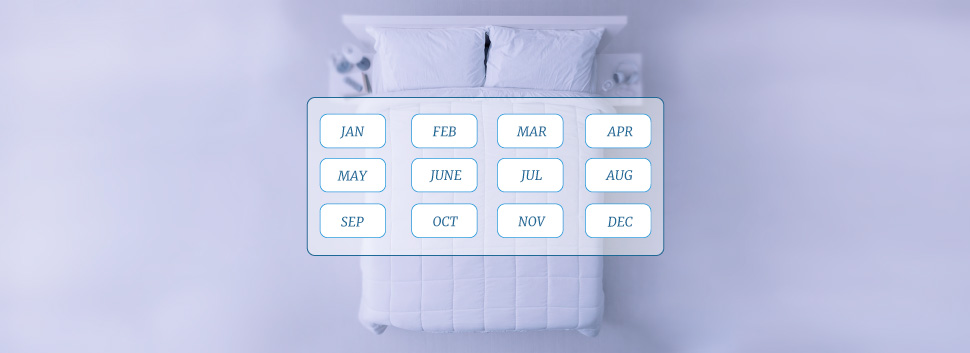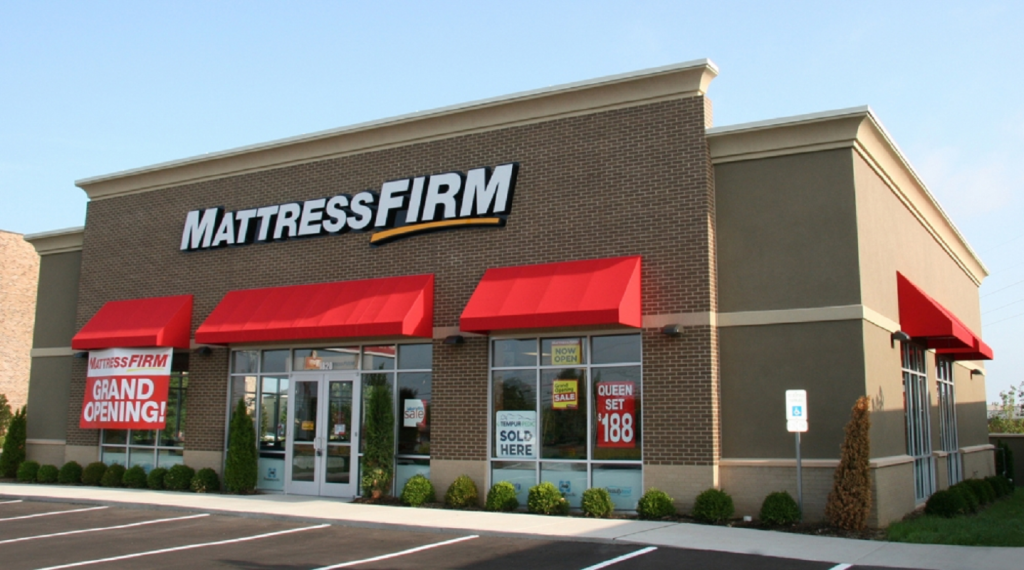A slow draining kitchen sink can be a major inconvenience in your daily routine. It can cause water to back up and create a mess in your sink, making it difficult to wash dishes or prepare food. But fear not, there are several ways to unclog a kitchen sink and get it back to working properly.
One of the easiest methods is to use a plunger. Make sure there is enough water in the sink to cover the rubber part of the plunger. Place the plunger over the drain and push down firmly, then pull up to create suction. Repeat this motion several times until the blockage is dislodged.
If the plunger doesn't work, you can try using a mixture of hot water and dish soap. Boil a pot of water on the stove and then pour it down the drain. Follow it with a few squirts of dish soap and let it sit for a few minutes. The combination of heat and soap can help break down and flush away the clog.
Unclog a Kitchen Sink
A slow draining bathtub is not only annoying, but it can also lead to standing water and potential mold growth. To unclog a bathtub drain, you can try using a snake or auger. This long, flexible tool is designed to break up and remove clogs from pipes. Insert it into the drain and twist it until you feel resistance, then pull it out to remove the clog.
Another method is to use a mixture of baking soda and vinegar. Pour half a cup of baking soda down the drain, followed by half a cup of vinegar. Let it sit for about 15 minutes, then pour a pot of hot water down the drain. The chemical reaction between the baking soda and vinegar can help loosen and clear any buildup in the pipes.
How to Unclog a Bathtub Drain
If you prefer to use natural remedies instead of chemical drain cleaners, there are a few DIY options you can try. One is to use a combination of salt, baking soda, and cream of tartar. Mix equal parts of each ingredient and pour it down the drain. Let it sit for a few minutes, then follow it with boiling water. The abrasive action of the ingredients can help break up and remove clogs.
Another natural remedy is to use lemon juice and table salt. Squeeze half a lemon down the drain and sprinkle a tablespoon of salt on top. Let it sit for a few minutes, then pour hot water down the drain. The acidity of the lemon juice can help dissolve buildup while the abrasive salt can help scrub away any debris.
DIY Drain Cleaning Tips
If DIY methods aren't doing the trick, you may need to turn to a commercial drain cleaner. But with so many options available, it can be overwhelming to choose the right one. Look for products that are specifically designed for kitchen sinks or bathtubs and are labeled as safe for your type of pipes.
Some popular drain cleaners include Drano Max Gel, which is effective at breaking up clogs and clearing slow drains. Another option is Green Gobbler Drain Clog Dissolver, which uses a blend of powerful enzymes to break down and digest organic matter.
Best Drain Cleaners for Kitchen Sinks and Bathtubs
Understanding the common causes of slow draining sinks and bathtubs can help you prevent future clogs. One of the most common causes is hair buildup. Hair can easily get caught in the drain and create a blockage over time. To prevent this, use a hair catcher in your sink and bathtub drains.
Another cause is food particles in the kitchen sink. Avoid putting large chunks of food down the drain and always run the garbage disposal to help break up any food scraps. In the bathroom, avoid flushing anything other than toilet paper down the toilet to prevent clogs in the main sewer line.
Common Causes of Slow Draining Sinks and Bathtubs
Using a plunger is a simple and effective way to clear a clogged sink or bathtub drain. Start by filling the basin or tub with enough water to cover the rubber part of the plunger. Place the plunger over the drain and push down firmly, then pull up to create suction. Repeat this motion several times until the clog is cleared.
If the plunger doesn't work, try using a wet/dry vacuum. Set the vacuum to "wet" mode and place the nozzle over the drain. Turn it on and let it run for a few seconds to try and suck out the clog. Be sure to wear gloves and cover the overflow opening with a rag to create a seal.
How to Use a Plunger to Unclog a Sink or Bathtub
If you prefer to use natural remedies to unclog your sink or bathtub, there are a few options you can try. One is to use a combination of baking soda and vinegar. Pour half a cup of baking soda down the drain, followed by half a cup of vinegar. Let it sit for about 15 minutes, then pour hot water down the drain.
Another natural remedy is to use boiling water. Boil a pot of water on the stove and pour it down the drain. This can help break up and flush away any buildup in the pipes. You can also add a few drops of essential oils, such as peppermint or tea tree, to the boiling water for added cleaning power and a pleasant scent.
Natural Remedies for Slow Draining Sinks and Bathtubs
If all else fails, it may be time to call in the professionals. A plumber or drain cleaning service will have the tools and expertise to effectively unclog your kitchen sink or bathtub drain. They may use methods such as hydro jetting, which uses high-pressure water to blast away clogs and clean the inside of pipes.
Professional services can also help identify and address any underlying issues that may be causing your slow draining sink or bathtub, such as tree root intrusion or damaged pipes. It may be a higher cost upfront, but it can save you time and hassle in the long run.
Professional Drain Cleaning Services
The best way to deal with a slow draining sink or bathtub is to prevent it from happening in the first place. Some simple tips to help prevent clogs include using a hair catcher in the tub and avoiding putting large food scraps down the kitchen sink. You can also try pouring a cup of boiling water down the drain once a week to keep it clear.
Regularly cleaning your sink and bathtub drains can also help prevent clogs. Pour a cup of baking soda down the drain, followed by a cup of white vinegar. Let it sit for about 15 minutes, then pour hot water down the drain. This can help keep your pipes clear and smelling fresh.
Preventing Slow Drains in the Kitchen and Bathroom
While slow drains can often be fixed with DIY methods or natural remedies, there are some signs that indicate it may be time to call a plumber. If you've tried multiple methods and the drain is still slow, or if you notice a foul odor coming from the drain, it's best to seek professional help.
Other signs to look out for include multiple drains in your home being slow, gurgling noises coming from the pipes, or water backing up into other fixtures. These can all be signs of a larger issue that requires the expertise of a plumber.
Signs You Need to Call a Plumber for Slow Drains
The Importance of Proper Drainage in Kitchen Sinks and Bathtubs

The Significance of Drainage in House Design
 When it comes to designing a house, drainage may not be the most exciting aspect to consider. However, it is an essential element that can greatly impact the functionality and longevity of your kitchen sink and bathtub. Proper drainage ensures that water flows smoothly and efficiently, preventing any potential issues such as clogs and water damage. In this article, we will focus on the importance of proper drainage in kitchen sinks and bathtubs.
When it comes to designing a house, drainage may not be the most exciting aspect to consider. However, it is an essential element that can greatly impact the functionality and longevity of your kitchen sink and bathtub. Proper drainage ensures that water flows smoothly and efficiently, preventing any potential issues such as clogs and water damage. In this article, we will focus on the importance of proper drainage in kitchen sinks and bathtubs.
Kitchen Sink Drainage
 The kitchen sink is one of the most frequently used areas in a house, making proper drainage a crucial aspect of its design. When we wash dishes, food scraps and grease can easily build up in the drain, leading to clogs and unpleasant odors. This can also attract pests and bacteria, posing a health hazard to you and your family. Additionally, if the drainage system is not functioning properly, it can cause water to back up and potentially damage your cabinets and countertops.
Regular maintenance and proper installation
are key to ensuring efficient drainage in your kitchen sink. This includes regularly cleaning out the drain to remove any buildup and making sure that the pipes are installed at the correct angle to allow for proper water flow. It is also important to
avoid pouring grease or oil down the drain
as they can solidify and cause blockages. Using a drain strainer can also help prevent large food particles from entering the drain and causing clogs.
The kitchen sink is one of the most frequently used areas in a house, making proper drainage a crucial aspect of its design. When we wash dishes, food scraps and grease can easily build up in the drain, leading to clogs and unpleasant odors. This can also attract pests and bacteria, posing a health hazard to you and your family. Additionally, if the drainage system is not functioning properly, it can cause water to back up and potentially damage your cabinets and countertops.
Regular maintenance and proper installation
are key to ensuring efficient drainage in your kitchen sink. This includes regularly cleaning out the drain to remove any buildup and making sure that the pipes are installed at the correct angle to allow for proper water flow. It is also important to
avoid pouring grease or oil down the drain
as they can solidify and cause blockages. Using a drain strainer can also help prevent large food particles from entering the drain and causing clogs.
Bathtub Drainage
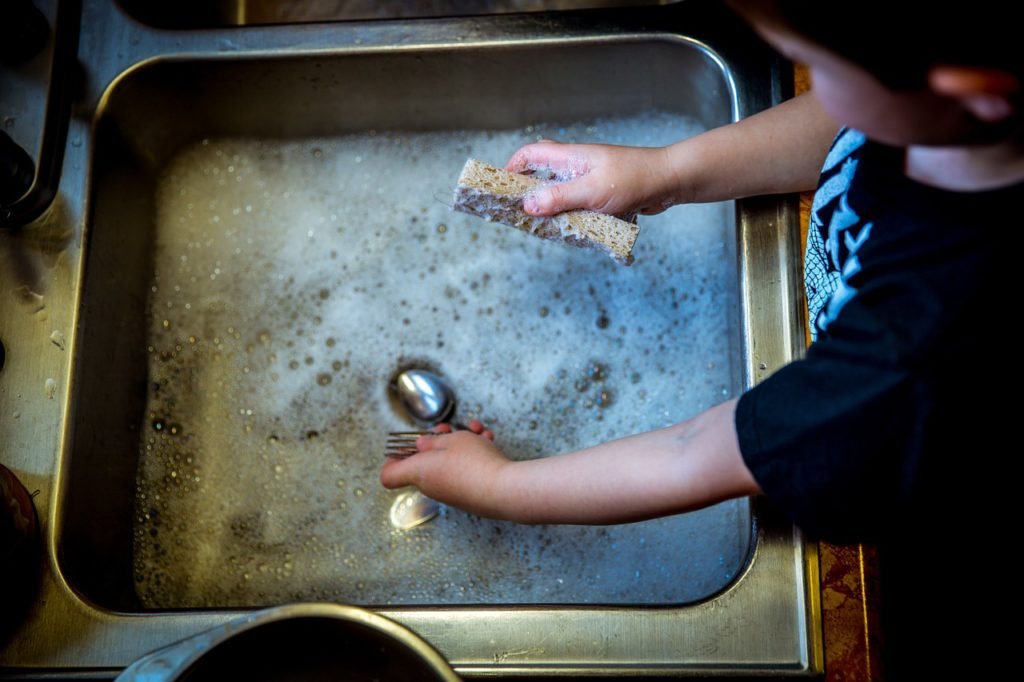 Similar to a kitchen sink, a bathtub's drainage system can also encounter issues if not designed and maintained properly. Soap scum, hair, and other debris can easily accumulate in the drain, causing it to clog and preventing water from draining properly. This can result in standing water, which can lead to mold and mildew growth, as well as damage to the bathtub and surrounding areas.
Installing a strainer or drain cover
can help prevent larger particles from entering the drain and causing clogs. It is also important to regularly clean the drain and remove any buildup using a mixture of hot water and vinegar.
Avoid using chemical drain cleaners
as they can be harmful to your plumbing and the environment.
Similar to a kitchen sink, a bathtub's drainage system can also encounter issues if not designed and maintained properly. Soap scum, hair, and other debris can easily accumulate in the drain, causing it to clog and preventing water from draining properly. This can result in standing water, which can lead to mold and mildew growth, as well as damage to the bathtub and surrounding areas.
Installing a strainer or drain cover
can help prevent larger particles from entering the drain and causing clogs. It is also important to regularly clean the drain and remove any buildup using a mixture of hot water and vinegar.
Avoid using chemical drain cleaners
as they can be harmful to your plumbing and the environment.
In Conclusion
 Proper drainage is a crucial aspect of house design, especially when it comes to kitchen sinks and bathtubs. Regular maintenance and proper installation can prevent clogs and potential water damage, ensuring that these areas of your house function effectively. By following these tips and implementing proper drainage practices, you can keep your kitchen sink and bathtub in top condition for years to come.
Proper drainage is a crucial aspect of house design, especially when it comes to kitchen sinks and bathtubs. Regular maintenance and proper installation can prevent clogs and potential water damage, ensuring that these areas of your house function effectively. By following these tips and implementing proper drainage practices, you can keep your kitchen sink and bathtub in top condition for years to come.
/plumber-unclogging-kitchen-sink-169270382-5797a9355f9b58461f27f024.jpg)





:max_bytes(150000):strip_icc()/how-to-unclog-a-kitchen-sink-2718799_sketch_FINAL-8c5caa805a69493ab22dfb537c72a1b7.png)










/cdn.vox-cdn.com/uploads/chorus_asset/file/19616741/drain_xl_0.jpg)
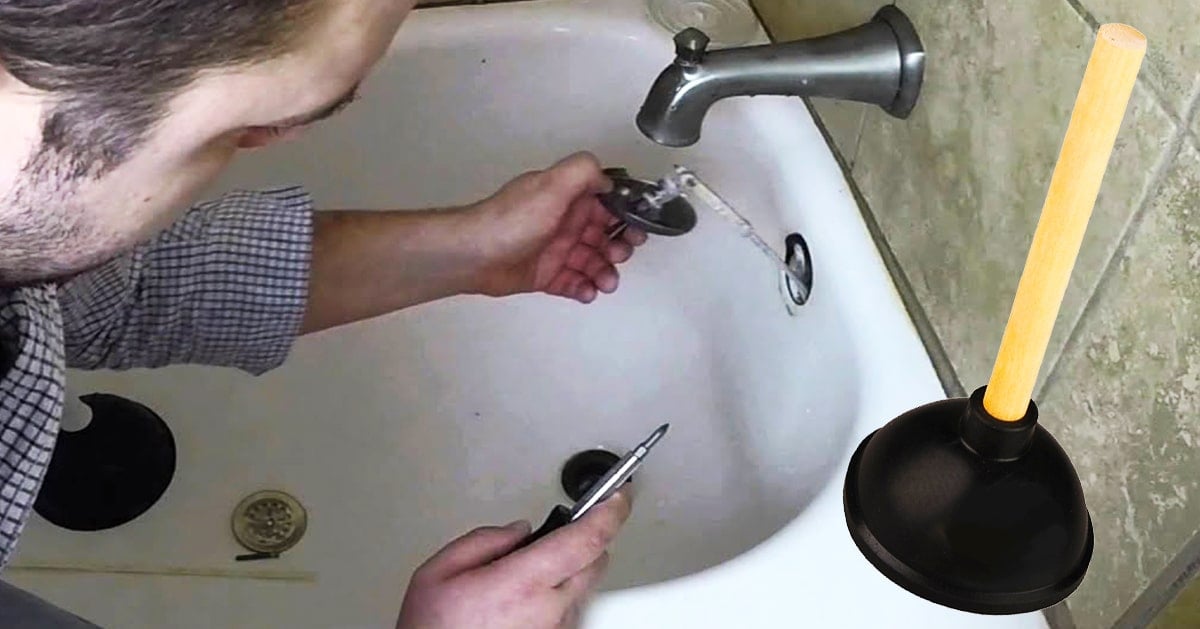
/unclog-a-bathtub-drain-1824912-schema-5b9445ea35a24f50810e1e595badbd6c.jpeg)
:max_bytes(150000):strip_icc()/freshen-and-unclog-drain-with-baking-soda-1900466-22-bbf940b70afa4d5abef0c54da23b1d3f.jpg)



/plunger-and-clogged-bath--1199279746-9e2a05ab39f24ebeb6c9326292f8289e.jpg)
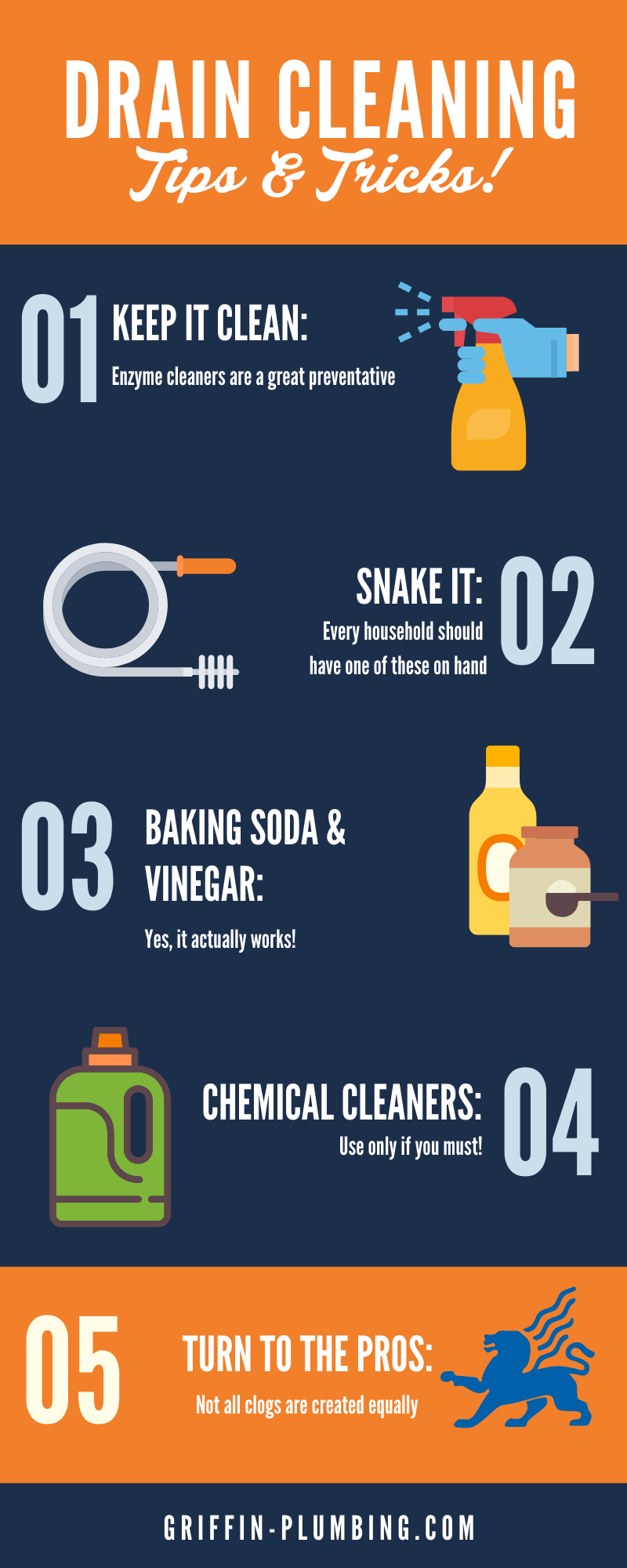


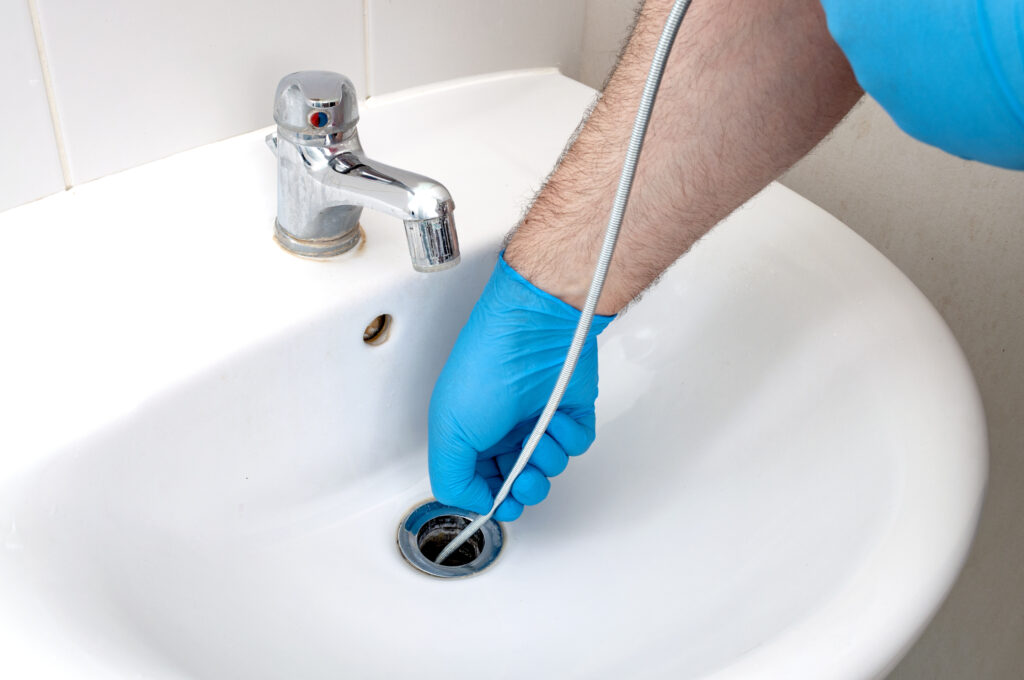
:max_bytes(150000):strip_icc()/homemade-drain-cleaner-2718784_final-359556aadfc74989bd3c4b4dcdc4d276.png)


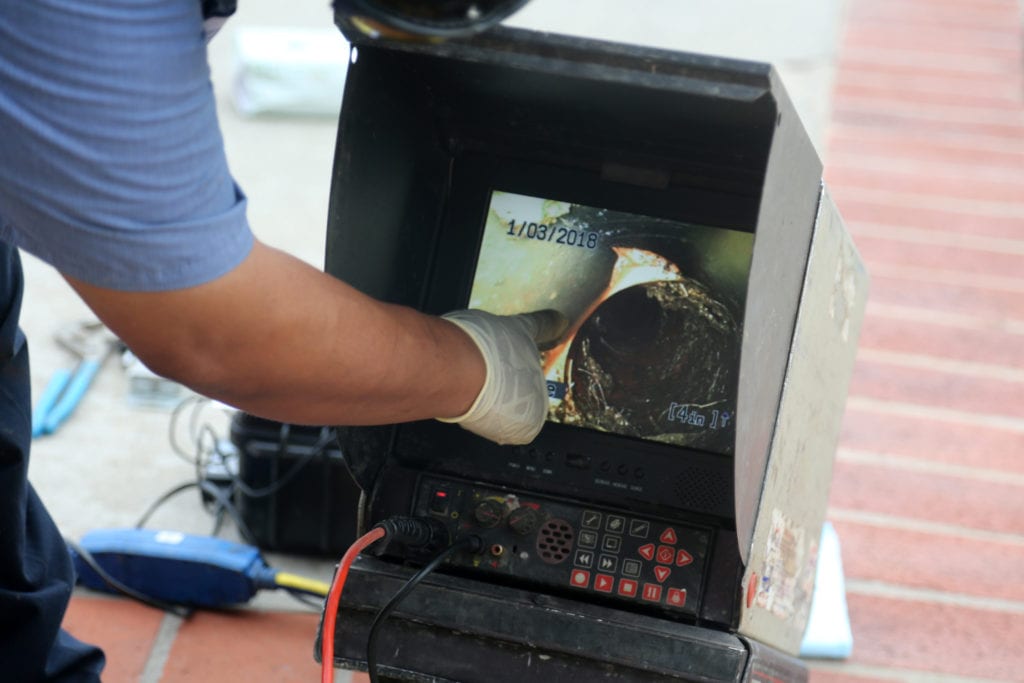
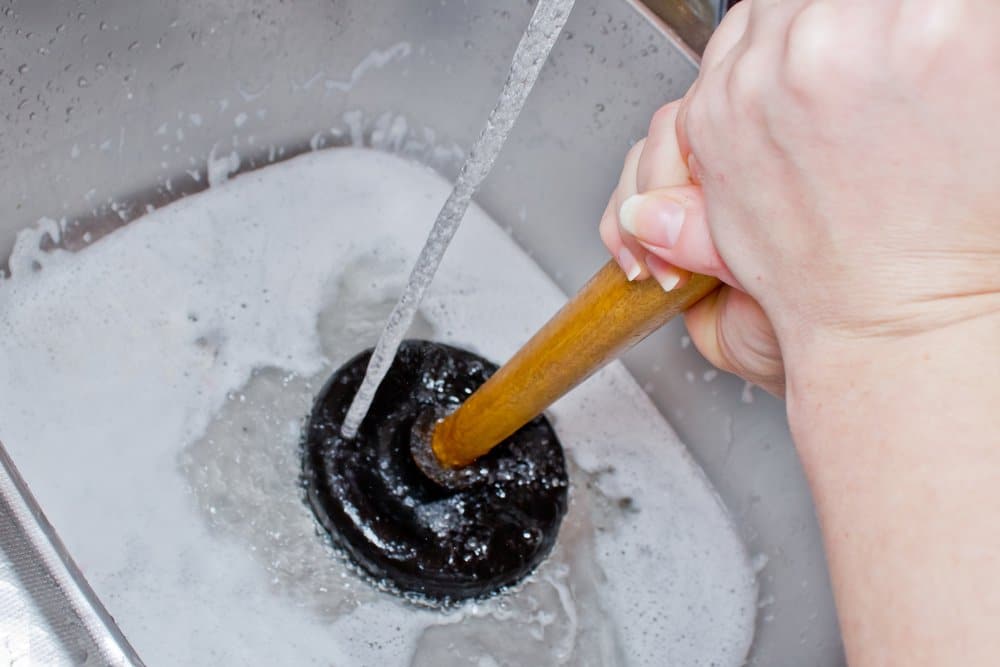
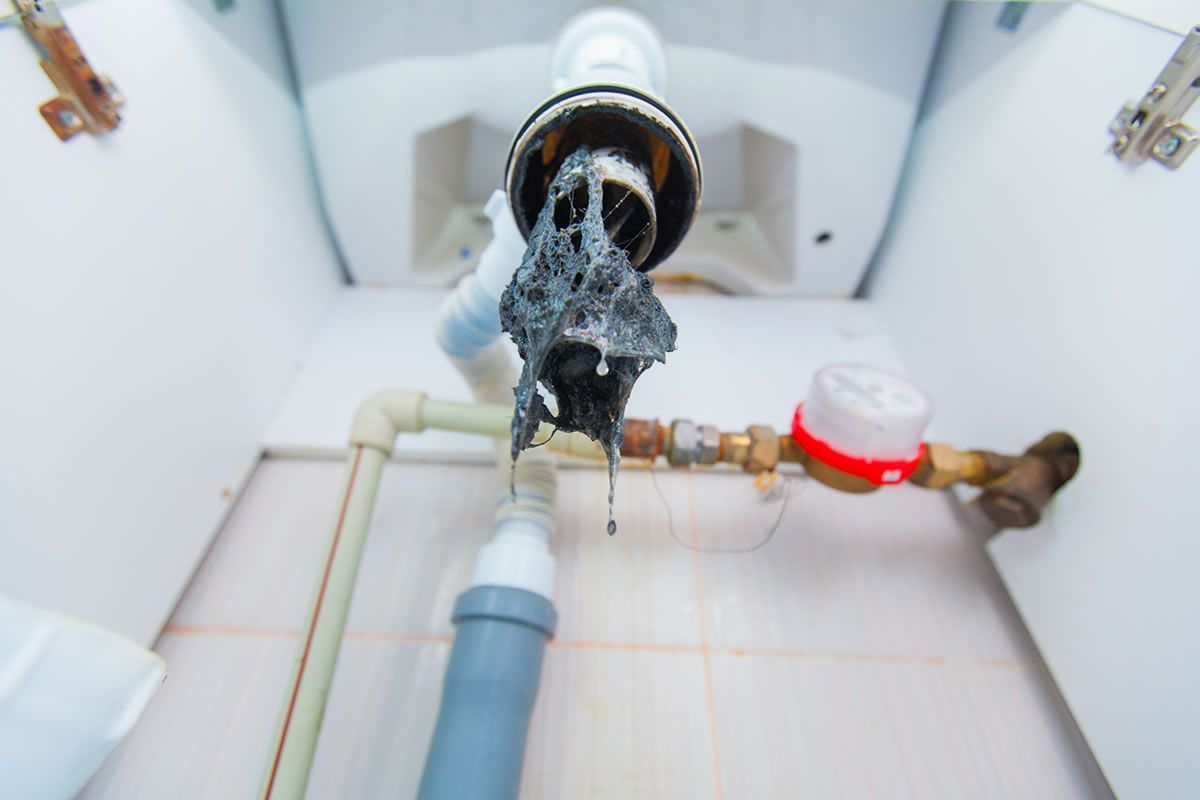
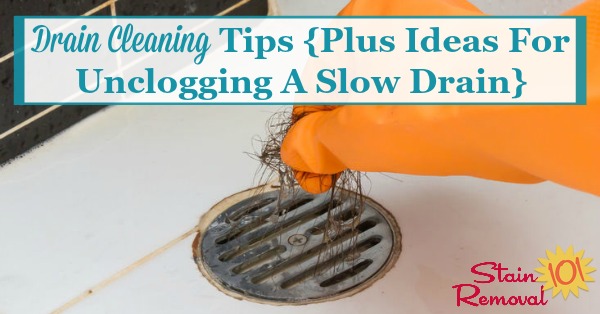






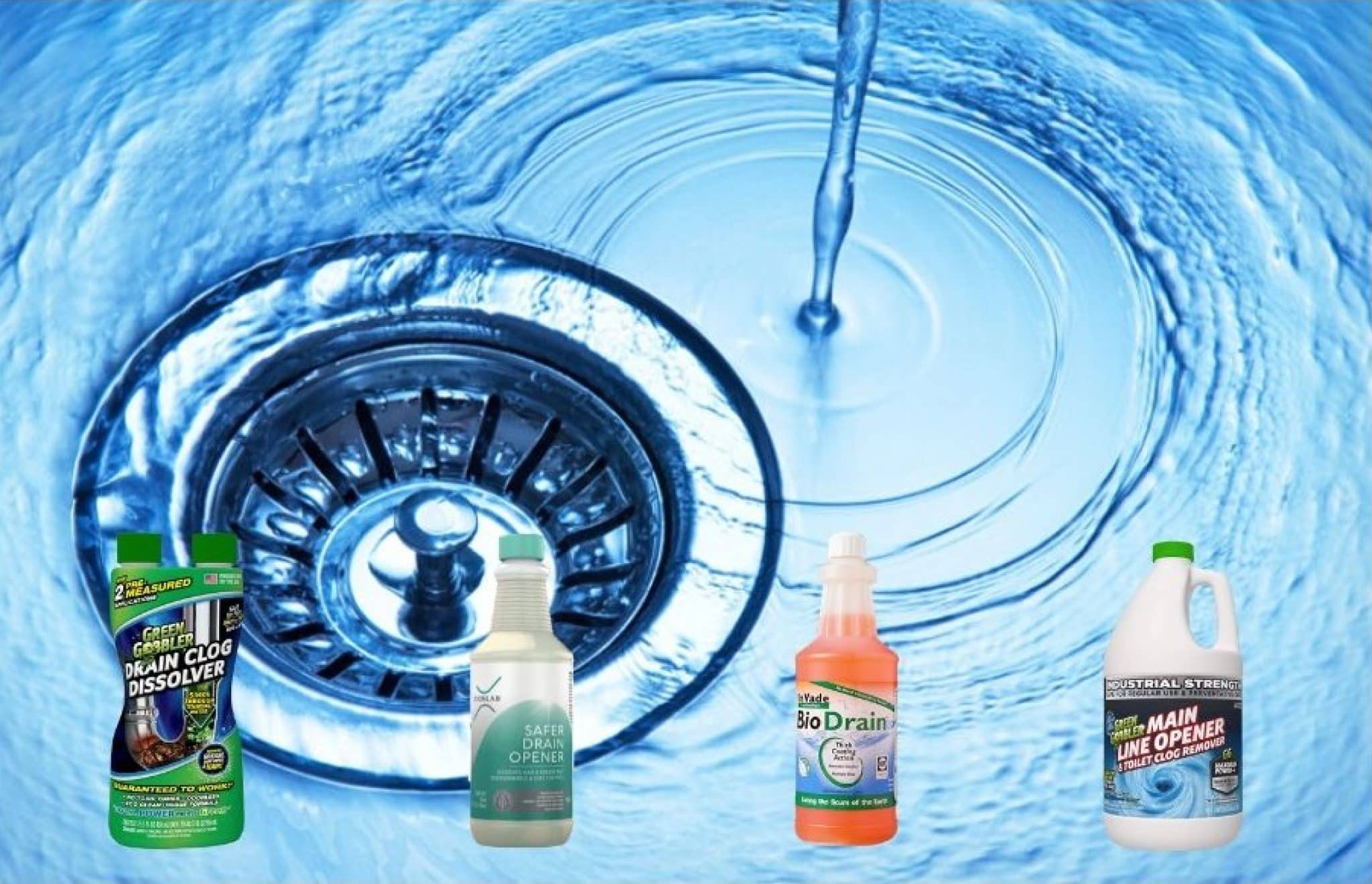
:max_bytes(150000):strip_icc()/how-to-install-a-sink-drain-2718789-hero-24e898006ed94c9593a2a268b57989a3.jpg)
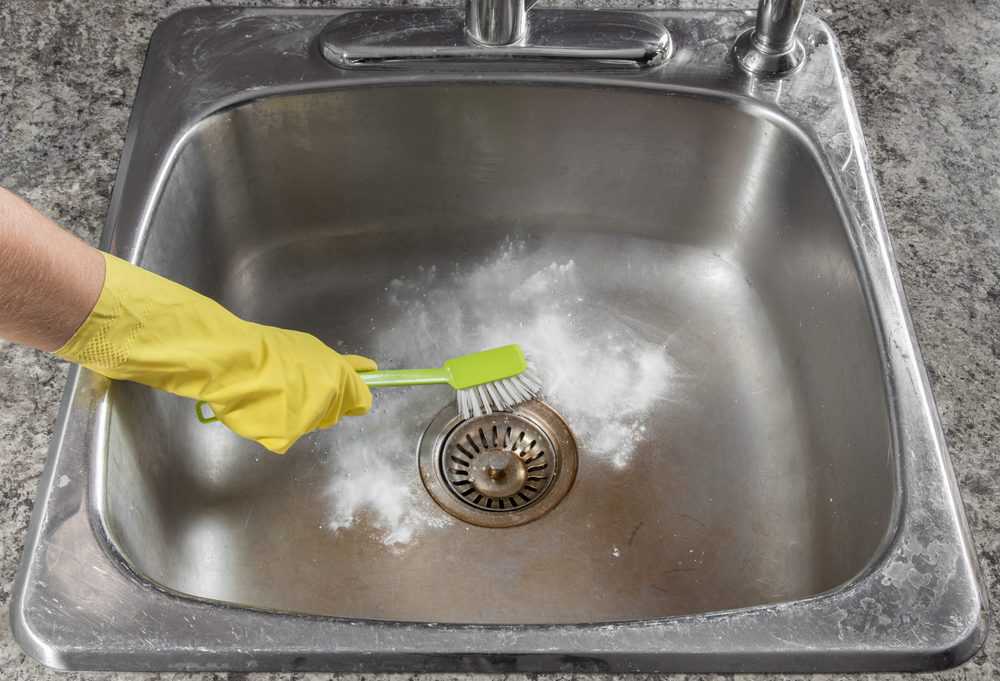
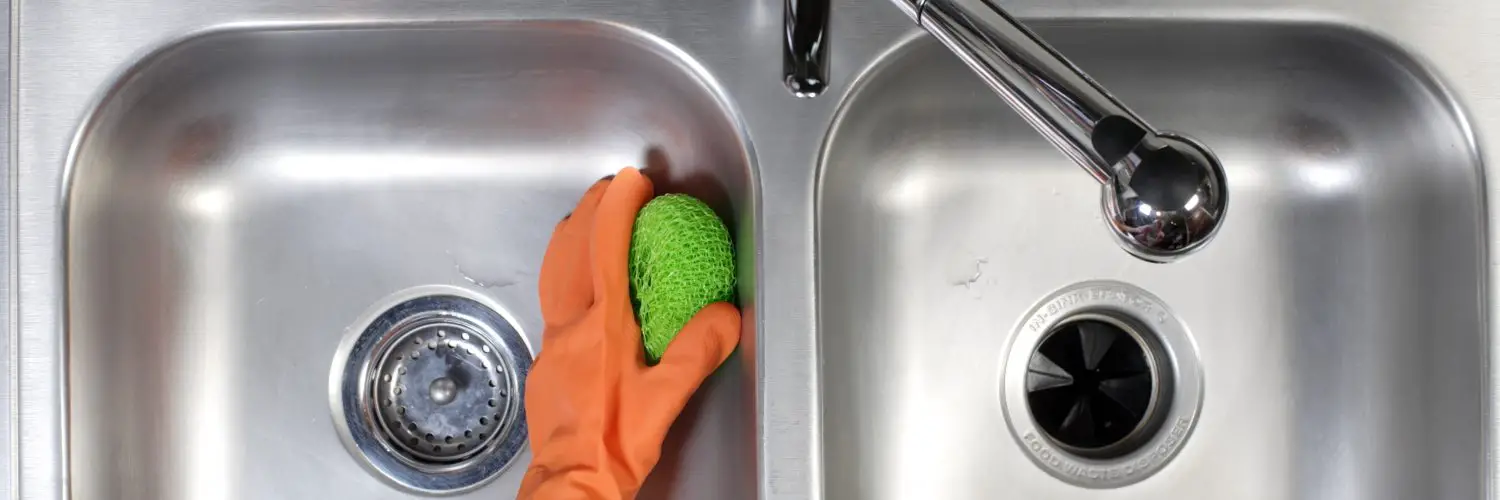

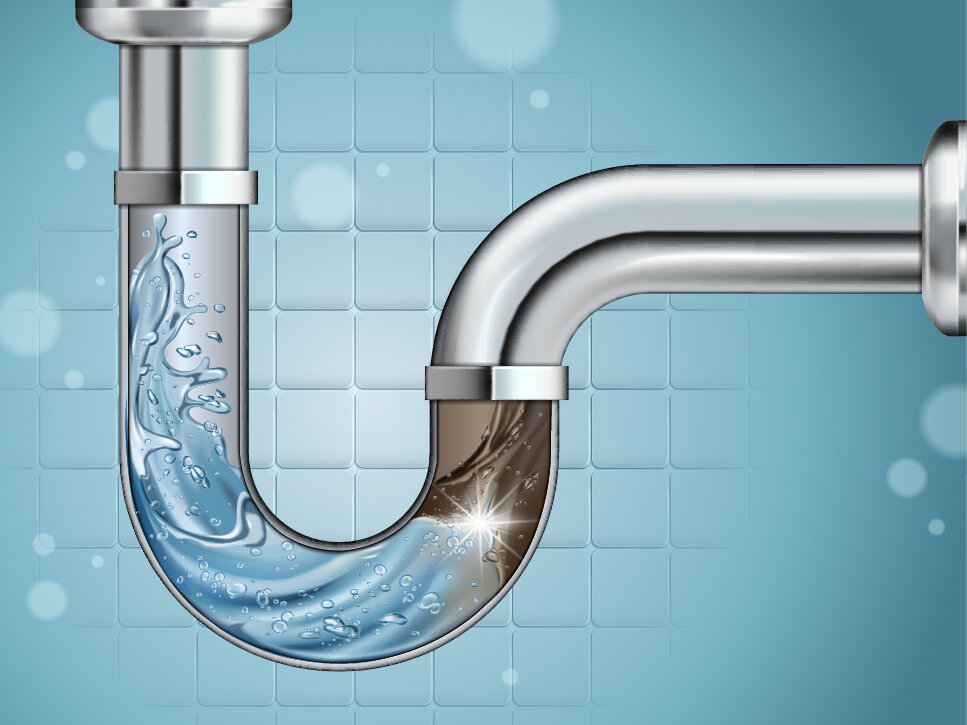

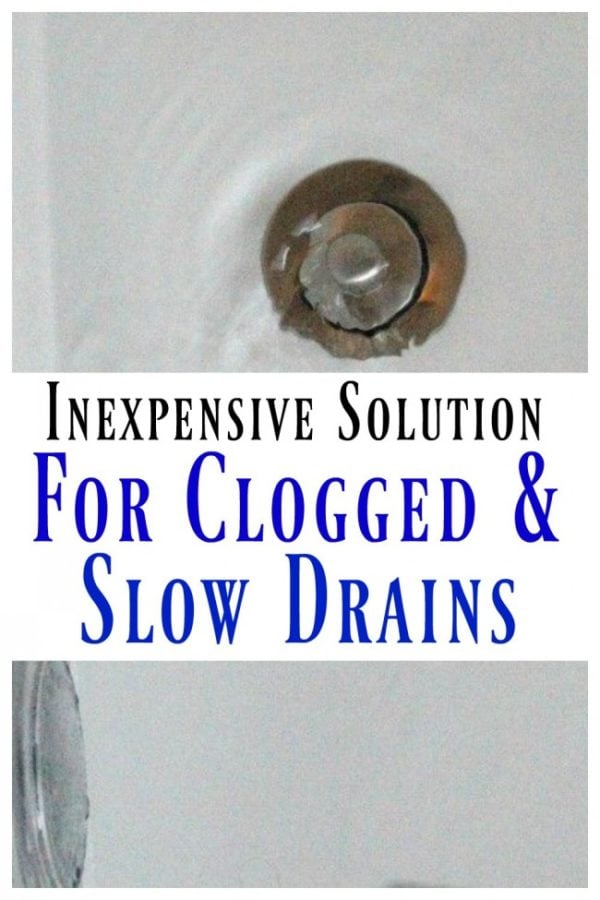

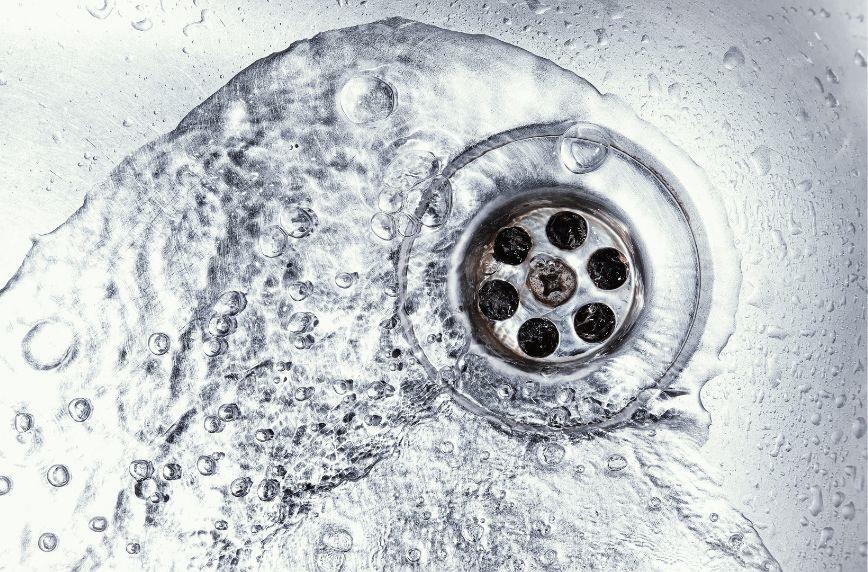

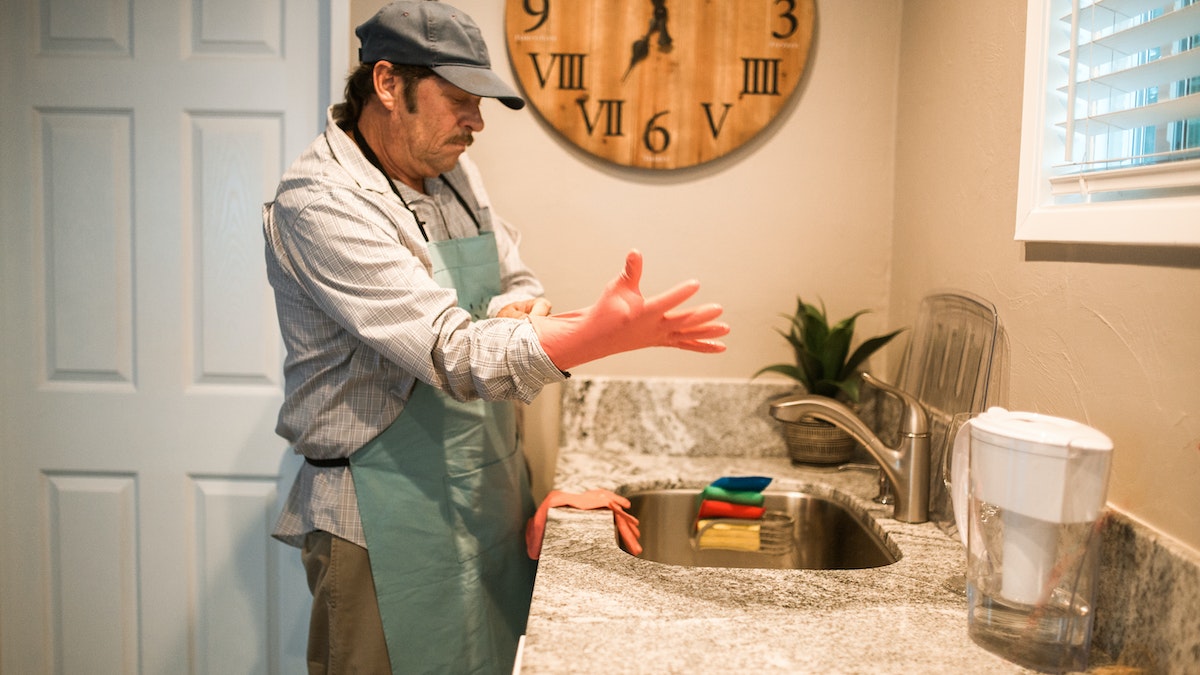

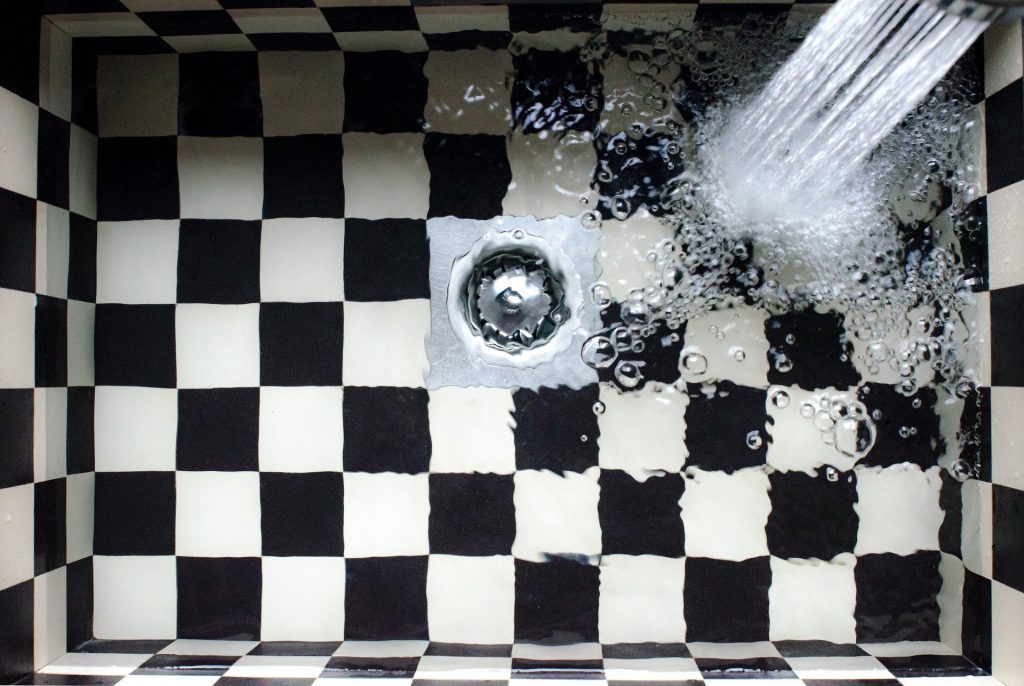
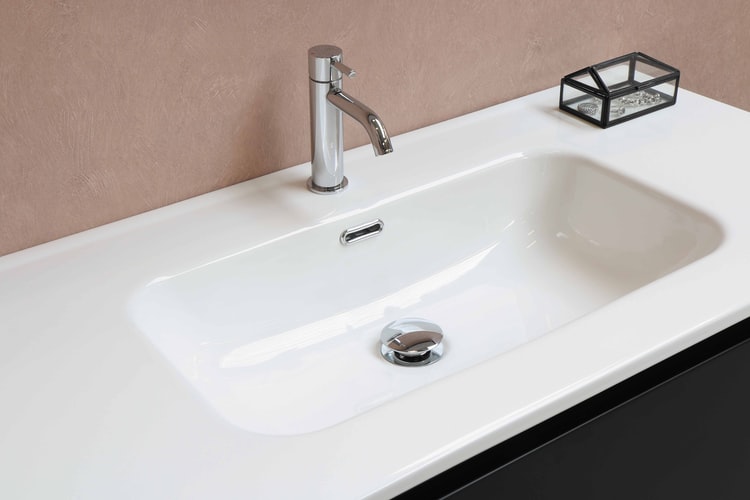

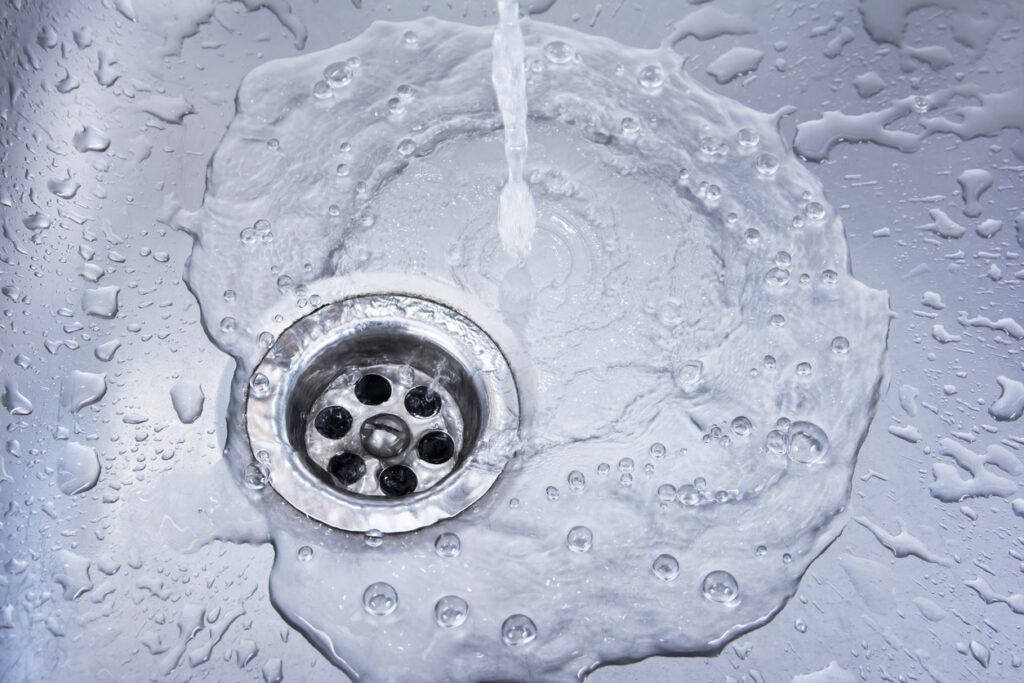

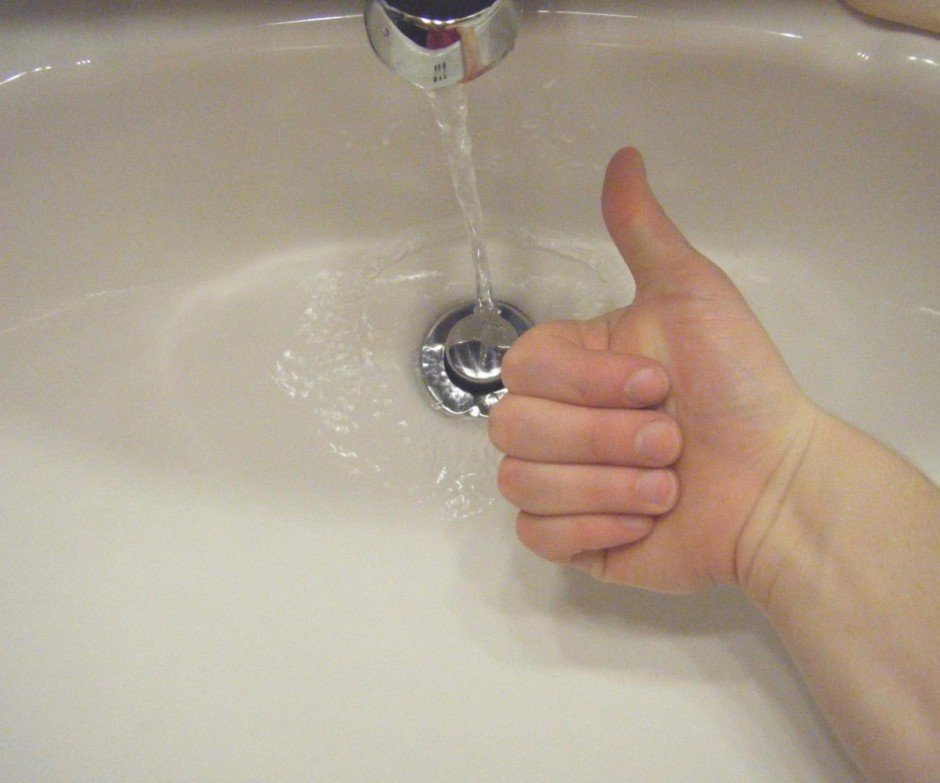




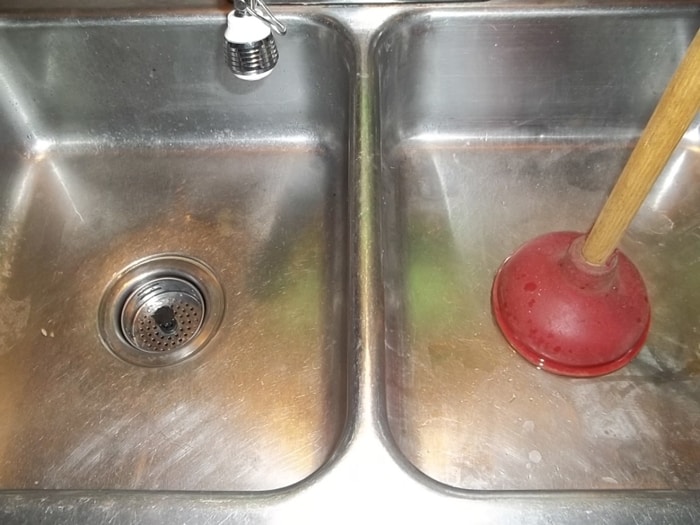
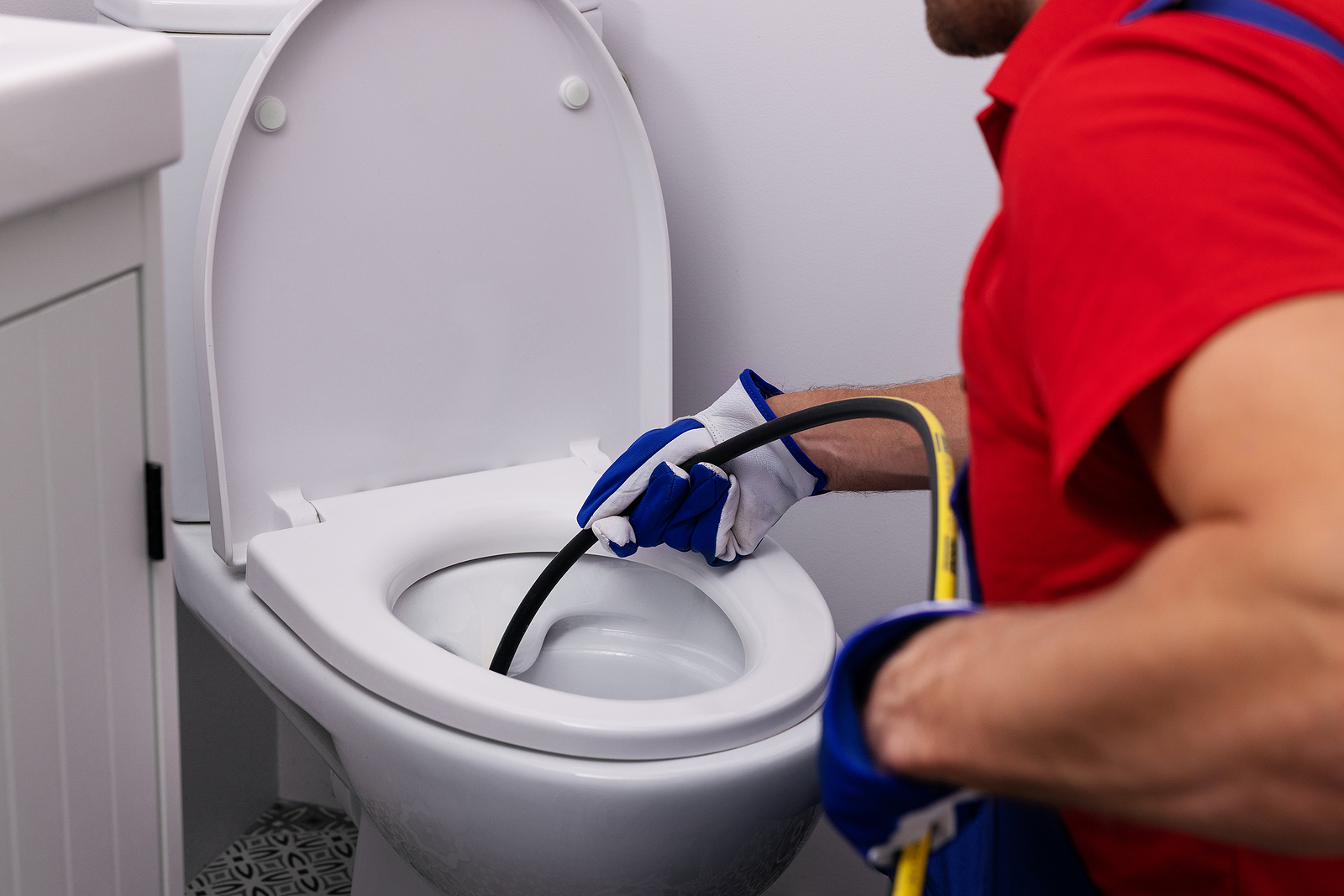

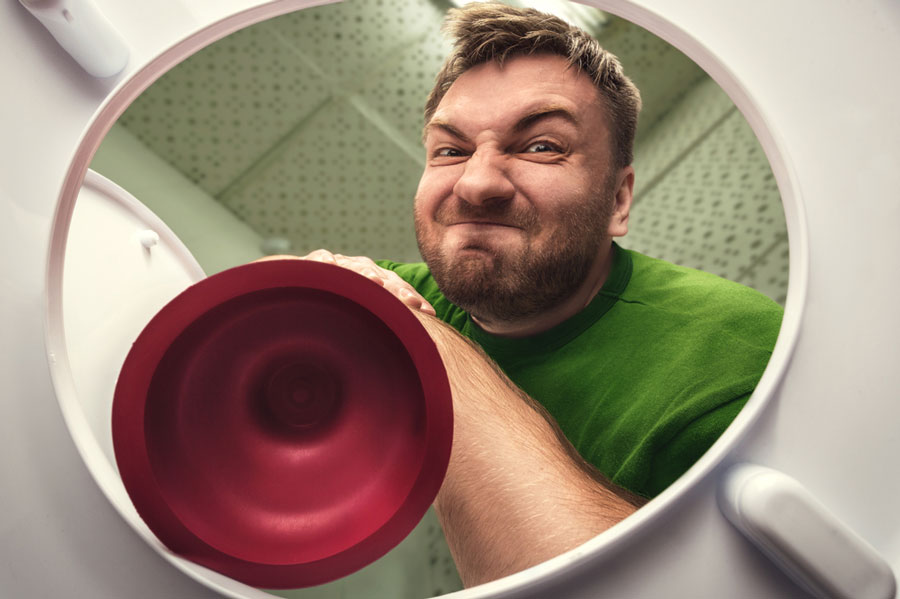






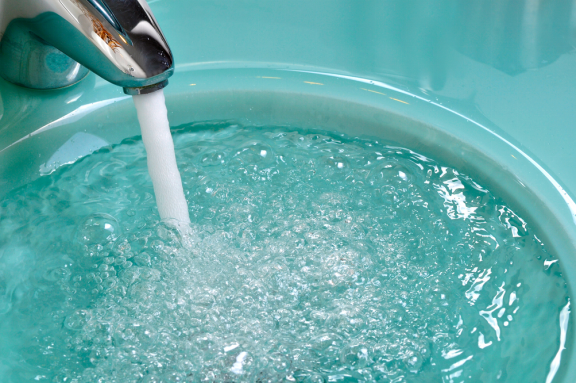

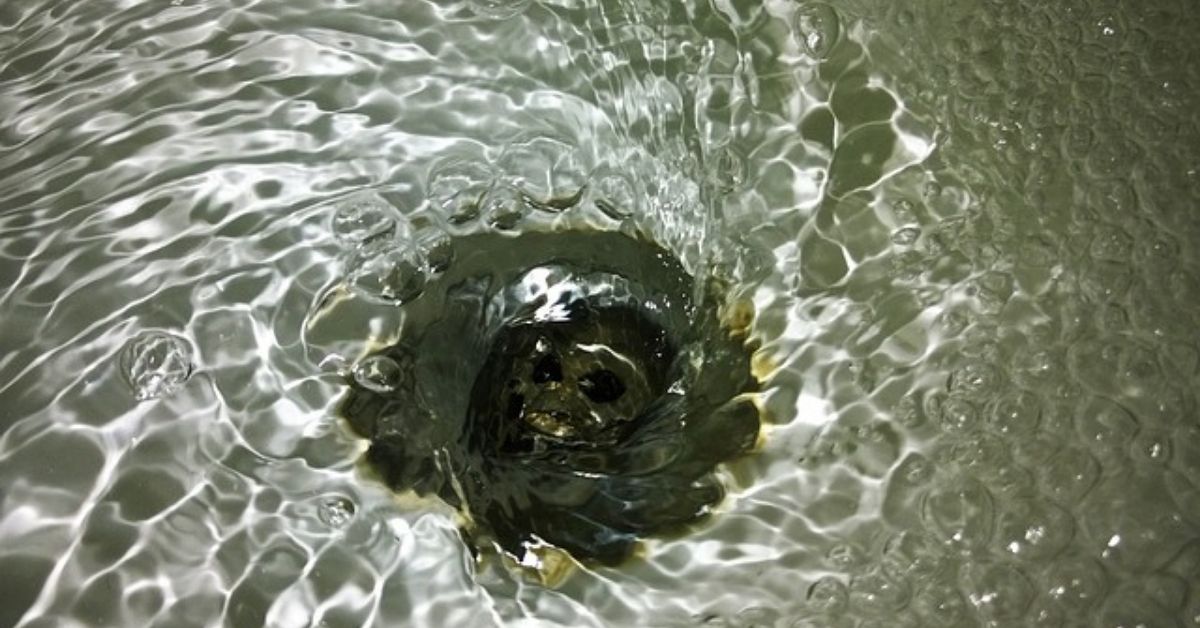
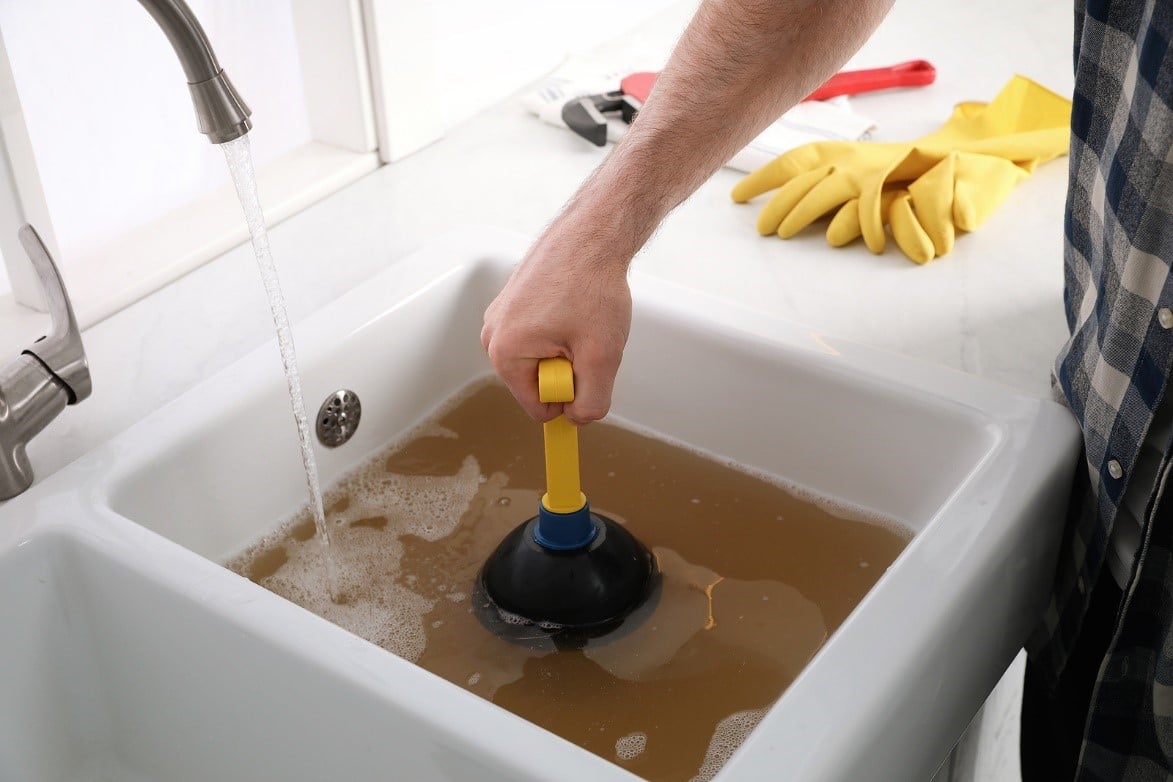

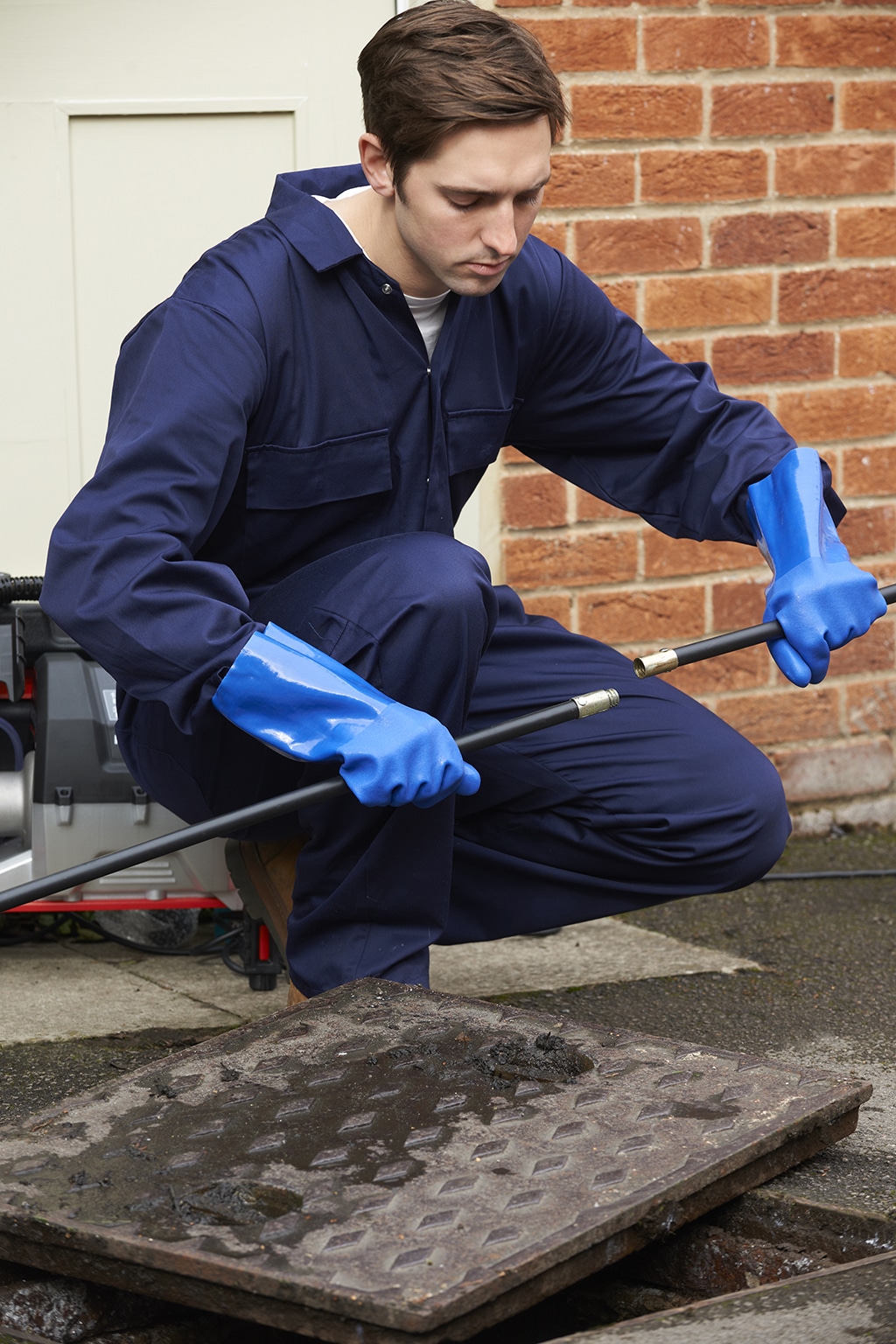



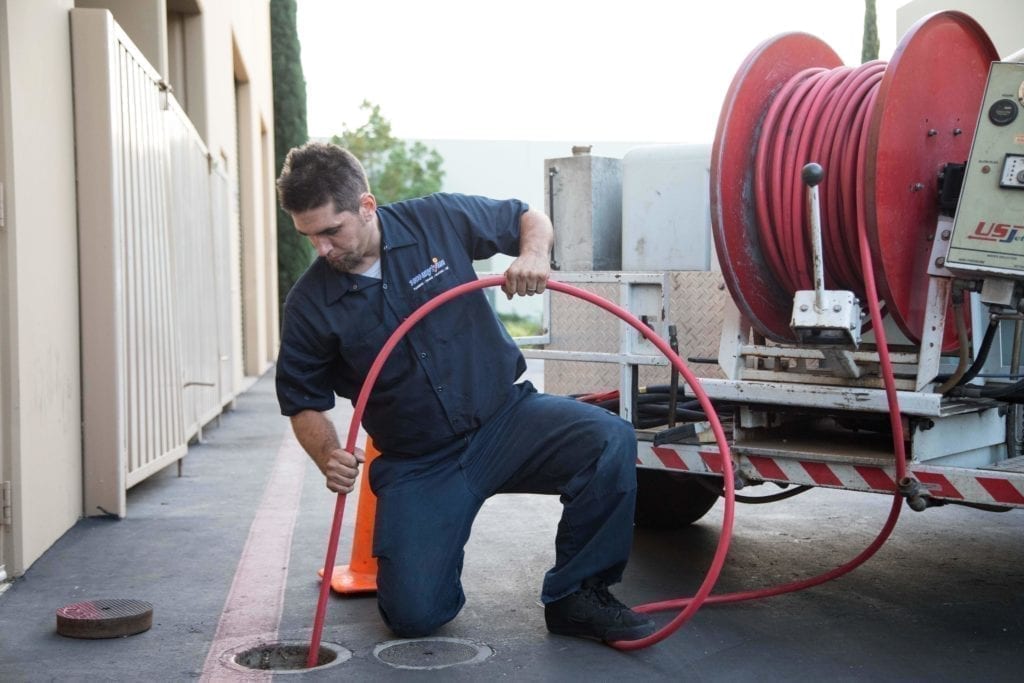
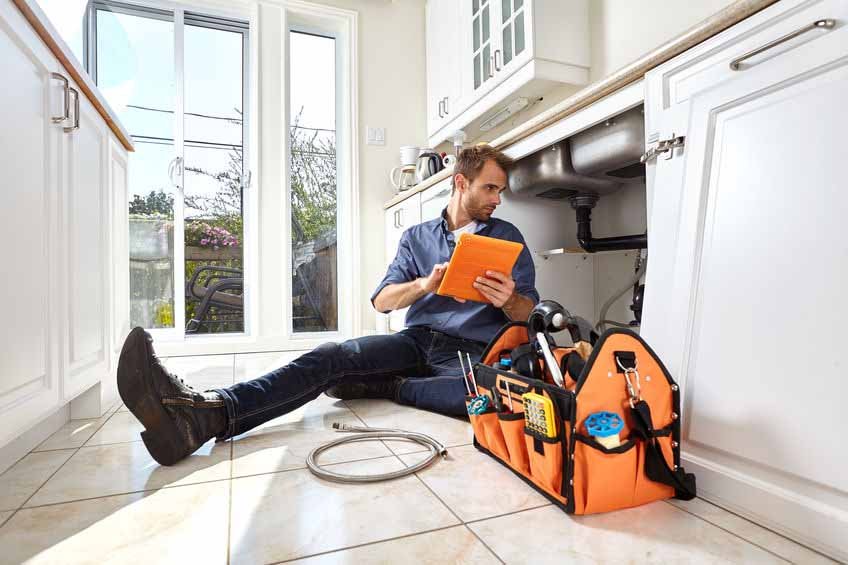

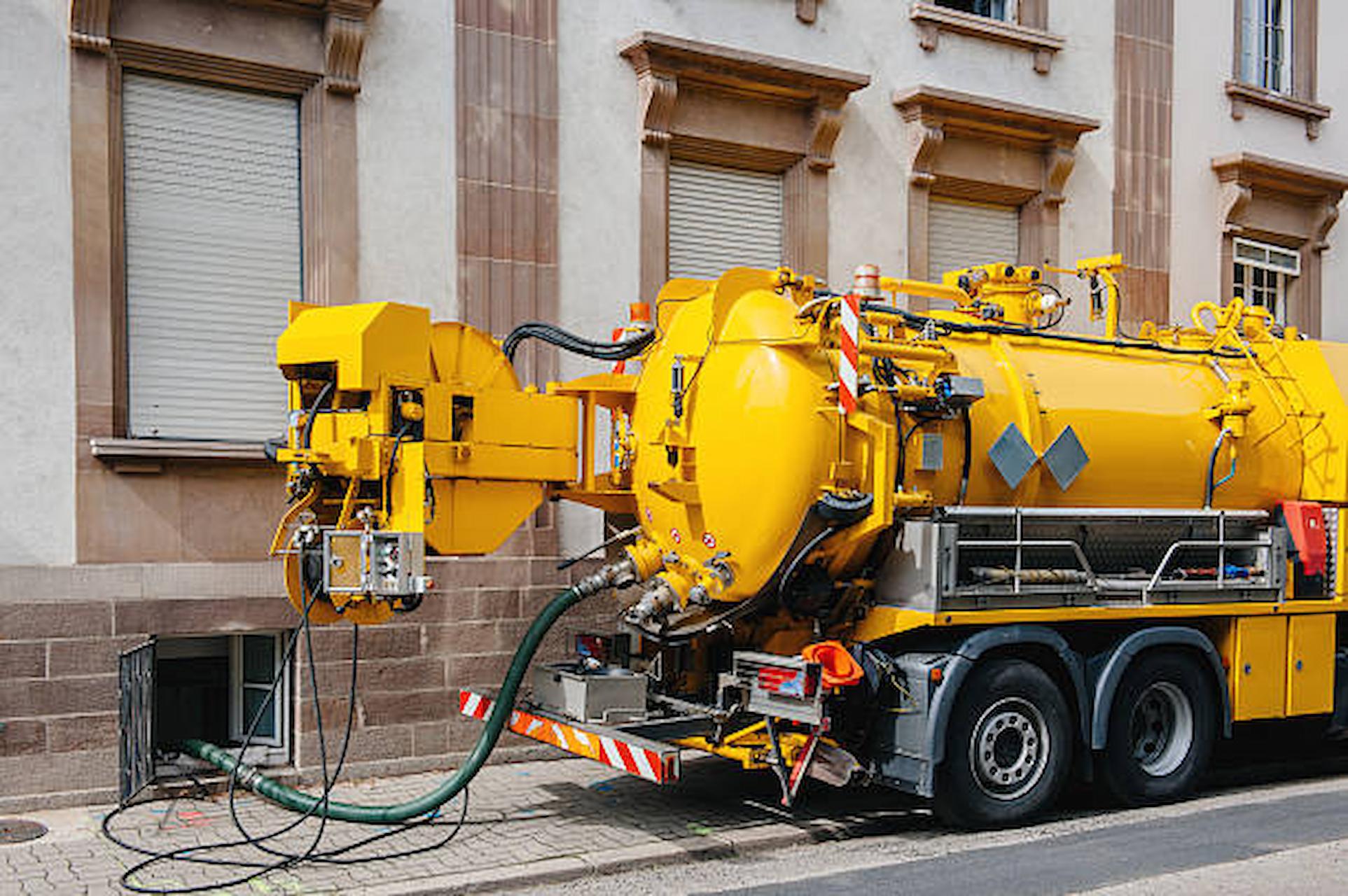

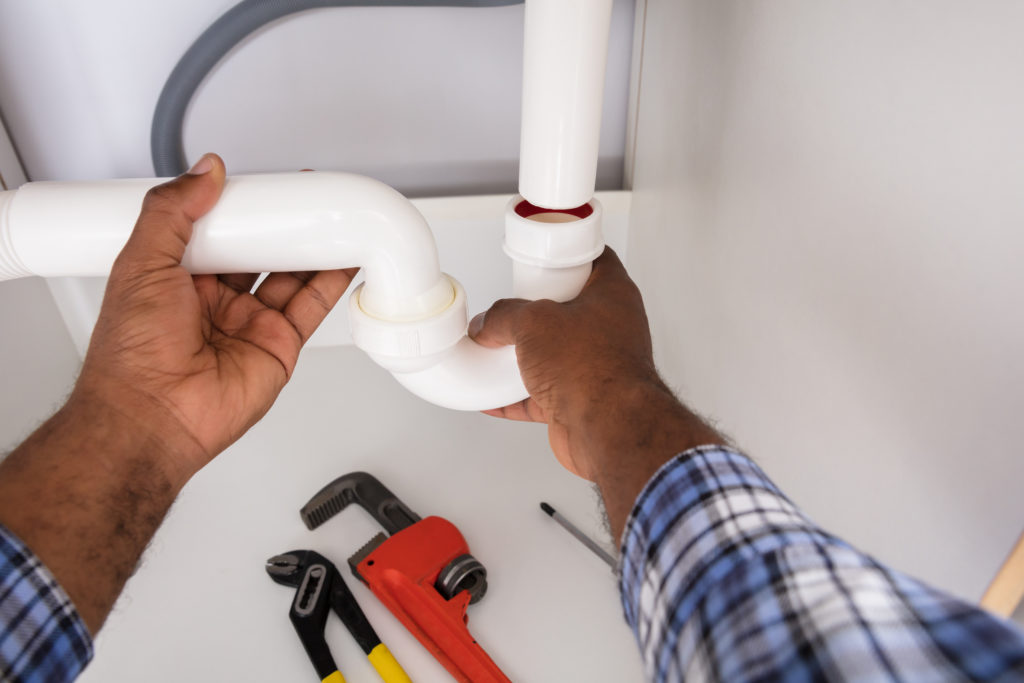
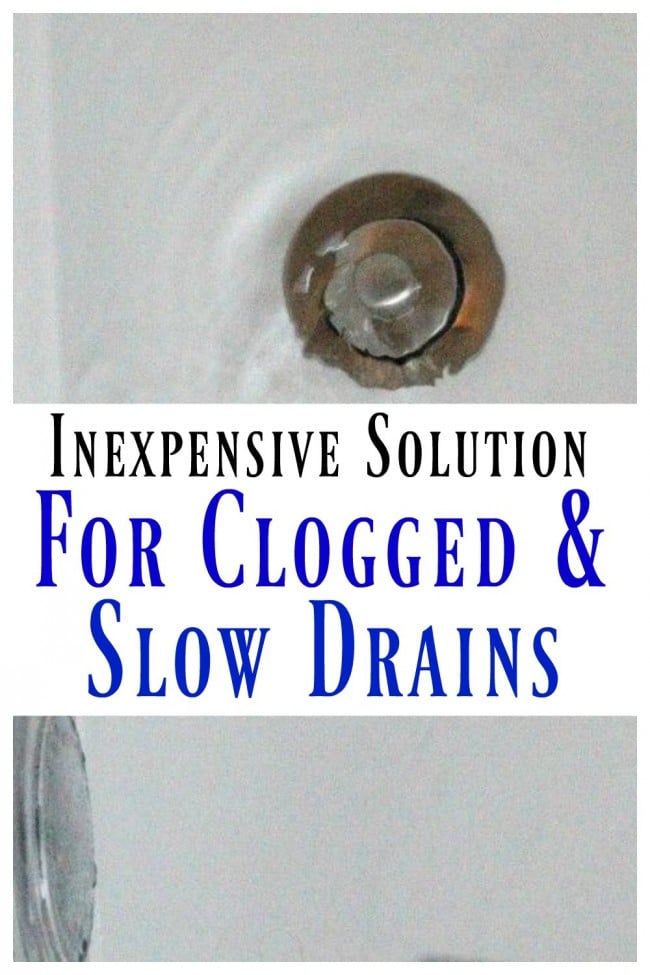





:max_bytes(150000):strip_icc()/freshen-and-unclog-drain-with-baking-soda-1900466-18-1a5b5da01939471ca8f8823865bd1ce8.jpg)
